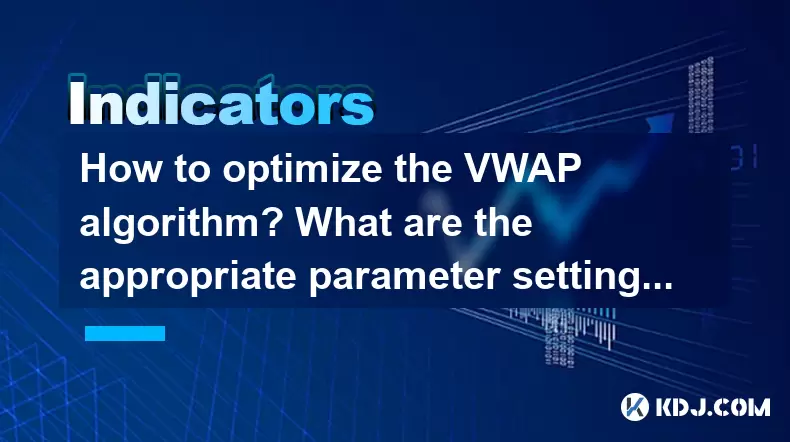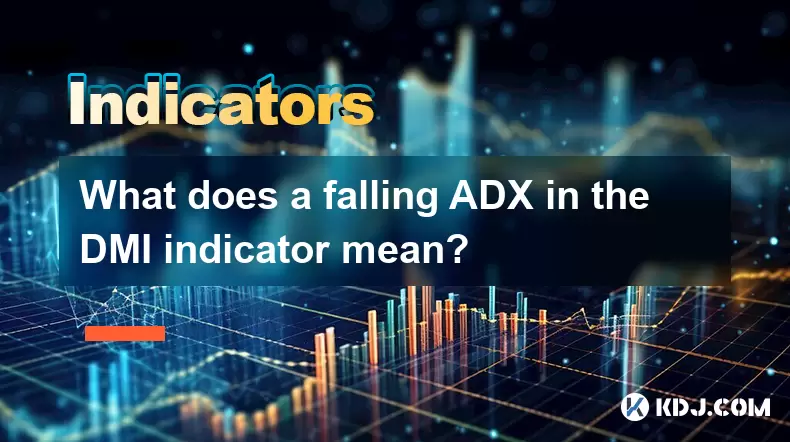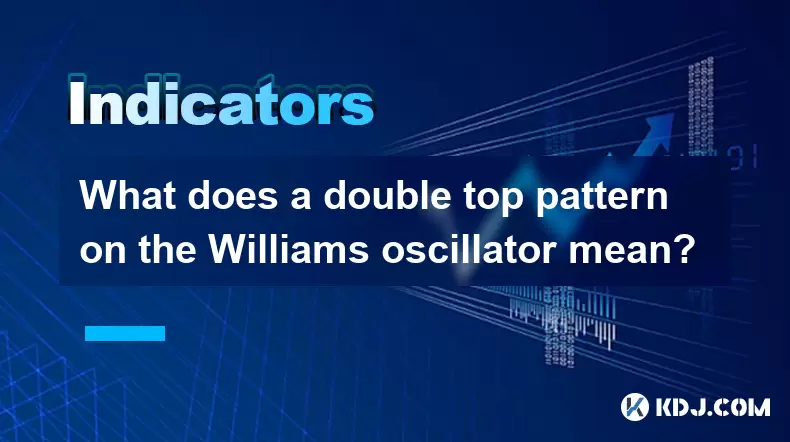-
 Bitcoin
Bitcoin $116700
0.24% -
 Ethereum
Ethereum $3973
4.34% -
 XRP
XRP $3.283
7.68% -
 Tether USDt
Tether USDt $1.000
0.01% -
 BNB
BNB $789.8
2.27% -
 Solana
Solana $176.2
3.31% -
 USDC
USDC $0.9999
0.00% -
 Dogecoin
Dogecoin $0.2238
5.14% -
 TRON
TRON $0.3389
-0.51% -
 Cardano
Cardano $0.7907
4.03% -
 Stellar
Stellar $0.4527
10.02% -
 Hyperliquid
Hyperliquid $41.07
4.27% -
 Sui
Sui $3.794
1.77% -
 Chainlink
Chainlink $19.49
10.40% -
 Bitcoin Cash
Bitcoin Cash $580.9
0.74% -
 Hedera
Hedera $0.2617
4.32% -
 Avalanche
Avalanche $23.41
3.67% -
 Ethena USDe
Ethena USDe $1.001
-0.03% -
 Litecoin
Litecoin $122.4
1.38% -
 Toncoin
Toncoin $3.364
1.49% -
 UNUS SED LEO
UNUS SED LEO $8.988
0.37% -
 Shiba Inu
Shiba Inu $0.00001295
2.82% -
 Uniswap
Uniswap $10.62
5.75% -
 Polkadot
Polkadot $3.922
4.46% -
 Dai
Dai $1.000
0.01% -
 Bitget Token
Bitget Token $4.494
2.15% -
 Monero
Monero $268.0
-1.30% -
 Cronos
Cronos $0.1523
3.68% -
 Pepe
Pepe $0.00001127
4.43% -
 Aave
Aave $285.4
4.85%
How to optimize the VWAP algorithm? What are the appropriate parameter settings?
Optimizing VWAP involves adjusting time frames, using volume filters, and multiple VWAPs to enhance trading strategies across different scenarios.
Jun 01, 2025 at 05:08 pm

The Volume Weighted Average Price (VWAP) algorithm is a popular tool used in the cryptocurrency trading world to measure the average price of a cryptocurrency weighted by volume. Optimizing the VWAP algorithm can significantly enhance trading strategies by providing more accurate data and better timing for trades. In this article, we will explore various methods to optimize the VWAP algorithm and discuss appropriate parameter settings for different trading scenarios.
Understanding the Basics of VWAP
Before diving into optimization techniques, it's essential to understand the fundamentals of VWAP. VWAP is calculated by dividing the total dollar amount traded for a specific cryptocurrency by the total volume traded during a given time frame. The formula for VWAP is:
[ \text{VWAP} = \frac{\sum (P_i \times V_i)}{\sum V_i} ]
Where ( P_i ) is the price of the trade and ( V_i ) is the volume of the trade.
This metric helps traders understand whether they are getting a favorable price compared to the market average. If the current price is below the VWAP, it might be considered undervalued, and if it's above, it might be overvalued.
Techniques for Optimizing VWAP
Optimizing the VWAP algorithm involves adjusting its parameters to better suit specific trading strategies and market conditions. Here are some techniques to consider:
Adjusting the Time Frame
The time frame used for calculating VWAP can significantly impact its effectiveness. Short time frames (e.g., 1-minute or 5-minute intervals) are useful for day traders looking to capitalize on intraday price movements. Longer time frames (e.g., daily or weekly) are more suitable for swing traders or investors who are less concerned with short-term fluctuations.
- For day traders: Use a 1-minute or 5-minute VWAP to capture quick market movements.
- For swing traders: Use a daily or weekly VWAP to assess longer-term trends.
Incorporating Volume Filters
Volume filters can help traders focus on more significant trades, reducing the noise from small transactions. By setting a minimum volume threshold, the VWAP calculation will only include trades above this threshold, potentially providing a more accurate representation of the market.
- Choose a volume threshold: Depending on the cryptocurrency, set a minimum volume that filters out insignificant trades. For example, if trading Bitcoin, you might set a threshold of 0.1 BTC.
Using Multiple VWAPs
Using multiple VWAPs with different time frames can provide a more comprehensive view of the market. Combining short-term and long-term VWAPs allows traders to see both immediate and broader trends.
- Short-term VWAP: Use for quick entry and exit points.
- Long-term VWAP: Use to identify overall trends and potential reversal points.
Appropriate Parameter Settings for VWAP
Setting the right parameters for VWAP is crucial for its effectiveness. Here are some guidelines for different trading scenarios:
For High-Frequency Trading
High-frequency trading requires quick and accurate data. Use a 1-minute VWAP with a low volume threshold to capture rapid market movements.
- Time Frame: 1-minute
- Volume Threshold: Low (e.g., 0.01 BTC for Bitcoin)
- Number of VWAPs: Multiple (e.g., 1-minute, 5-minute, and 15-minute)
For Swing Trading
Swing traders focus on longer-term trends. Use a daily VWAP with a higher volume threshold to filter out noise and focus on significant market movements.
- Time Frame: Daily
- Volume Threshold: Medium to High (e.g., 1 BTC for Bitcoin)
- Number of VWAPs: Two (e.g., daily and weekly)
For Position Trading
Position traders hold positions for extended periods. Use a weekly VWAP with a high volume threshold to assess long-term trends and market conditions.
- Time Frame: Weekly
- Volume Threshold: High (e.g., 10 BTC for Bitcoin)
- Number of VWAPs: One (e.g., weekly)
Implementing VWAP in Trading Platforms
Implementing VWAP in trading platforms requires careful setup to ensure accurate calculations. Here's a step-by-step guide to adding VWAP to a popular trading platform like TradingView:
- Open TradingView: Navigate to the cryptocurrency chart you want to analyze.
- Add Indicator: Click on the "Indicators" button at the top of the chart.
- Search for VWAP: Type "VWAP" in the search bar and select the VWAP indicator.
- Adjust Settings: Customize the time frame and volume threshold according to your trading strategy.
- Time Frame: Choose the appropriate interval (e.g., 1-minute for day trading).
- Volume Threshold: Set the minimum volume for trades to be included in the VWAP calculation.
- Apply Indicator: Click "Apply" to add the VWAP to your chart.
Monitoring and Adjusting VWAP
Monitoring the VWAP and making adjustments based on market conditions is essential for maintaining its effectiveness. Regularly review the VWAP settings and adjust them as needed to align with your trading strategy and market dynamics.
- Review Market Conditions: Assess whether the current market environment aligns with your VWAP settings.
- Adjust Time Frames: If the market becomes more volatile, consider using shorter time frames for quicker insights.
- Modify Volume Thresholds: If trading volumes change significantly, adjust the volume threshold to maintain accuracy.
Frequently Asked Questions
Q1: Can VWAP be used for all cryptocurrencies?
A1: While VWAP can be applied to any cryptocurrency, its effectiveness may vary depending on the liquidity and trading volume of the specific cryptocurrency. For less liquid cryptocurrencies, VWAP might be less reliable due to fewer trades.
Q2: How does VWAP differ from other trading indicators like Moving Averages?
A2: VWAP differs from Moving Averages in that it incorporates volume into its calculation, providing a more comprehensive view of market trends. Moving Averages only consider price, whereas VWAP considers both price and volume, making it more suitable for understanding market sentiment.
Q3: Is VWAP more effective during specific times of the day?
A3: VWAP can be more effective during times of higher trading volume, such as the opening and closing hours of major cryptocurrency exchanges. During these times, the VWAP calculation will include more significant trades, leading to a more accurate representation of the market.
Q4: Can VWAP be used for automated trading strategies?
A4: Yes, VWAP can be integrated into automated trading strategies. Many trading platforms and algorithmic trading systems support VWAP indicators, allowing traders to set up automated buy and sell signals based on VWAP levels.
Disclaimer:info@kdj.com
The information provided is not trading advice. kdj.com does not assume any responsibility for any investments made based on the information provided in this article. Cryptocurrencies are highly volatile and it is highly recommended that you invest with caution after thorough research!
If you believe that the content used on this website infringes your copyright, please contact us immediately (info@kdj.com) and we will delete it promptly.
- Roman Storm, Funding Effort, and the Looming Defense Retrial: A New York Minute on the Tornado Cash Case
- 2025-08-09 02:50:14
- Crypto's Wild Ride: XRP, Dogecoin, and the Altcoin Surge You Can't Ignore
- 2025-08-09 02:50:14
- Elon Musk, Bitcoin, and the Enduring Power of Approval: A Crypto Love Story?
- 2025-08-09 03:50:15
- Ruvi AI: The Next Big Thing After Ripple on CoinMarketCap?
- 2025-08-09 03:50:15
- Floki Price Surges: Elliott Wave and Fibonacci Setups Point to Potential Gains!
- 2025-08-09 02:30:16
- Pepe Price, RTX (Remittix?) & the $10K ETH Dream: NYC Crypto Chatter
- 2025-08-09 02:30:16
Related knowledge

What does it mean when the TRIX indicator suddenly diverges downward after a long period of convergence?
Aug 09,2025 at 12:56am
Understanding the TRIX Indicator in Cryptocurrency TradingThe TRIX indicator, or Triple Exponential Average, is a momentum oscillator used in technica...

Why is the rise limited after a MACD bottoming divergence?
Aug 09,2025 at 12:07am
Understanding MACD Bottoming Divergence in Cryptocurrency TradingThe MACD (Moving Average Convergence Divergence) is a widely used technical indicator...

What does it mean when the OBV continues to rise but the price is trading sideways?
Aug 08,2025 at 10:35pm
Understanding On-Balance Volume (OBV)On-Balance Volume (OBV) is a technical indicator that uses volume flow to predict changes in stock or cryptocurre...

What does a falling ADX in the DMI indicator mean?
Aug 09,2025 at 03:16am
Understanding the ADX and DMI Indicator FrameworkThe DMI (Directional Movement Index) is a technical analysis tool developed by J. Welles Wilder to id...

What does a double top pattern on the Williams oscillator mean?
Aug 09,2025 at 02:36am
Understanding the Williams %R OscillatorThe Williams %R oscillator is a momentum indicator developed by Larry Williams to identify overbought and over...

What is a nonce and how is it used in Proof of Work?
Aug 04,2025 at 11:50pm
Understanding the Concept of a Nonce in CryptographyA nonce is a number used only once in cryptographic communication. The term 'nonce' is derived fro...

What does it mean when the TRIX indicator suddenly diverges downward after a long period of convergence?
Aug 09,2025 at 12:56am
Understanding the TRIX Indicator in Cryptocurrency TradingThe TRIX indicator, or Triple Exponential Average, is a momentum oscillator used in technica...

Why is the rise limited after a MACD bottoming divergence?
Aug 09,2025 at 12:07am
Understanding MACD Bottoming Divergence in Cryptocurrency TradingThe MACD (Moving Average Convergence Divergence) is a widely used technical indicator...

What does it mean when the OBV continues to rise but the price is trading sideways?
Aug 08,2025 at 10:35pm
Understanding On-Balance Volume (OBV)On-Balance Volume (OBV) is a technical indicator that uses volume flow to predict changes in stock or cryptocurre...

What does a falling ADX in the DMI indicator mean?
Aug 09,2025 at 03:16am
Understanding the ADX and DMI Indicator FrameworkThe DMI (Directional Movement Index) is a technical analysis tool developed by J. Welles Wilder to id...

What does a double top pattern on the Williams oscillator mean?
Aug 09,2025 at 02:36am
Understanding the Williams %R OscillatorThe Williams %R oscillator is a momentum indicator developed by Larry Williams to identify overbought and over...

What is a nonce and how is it used in Proof of Work?
Aug 04,2025 at 11:50pm
Understanding the Concept of a Nonce in CryptographyA nonce is a number used only once in cryptographic communication. The term 'nonce' is derived fro...
See all articles

























































































